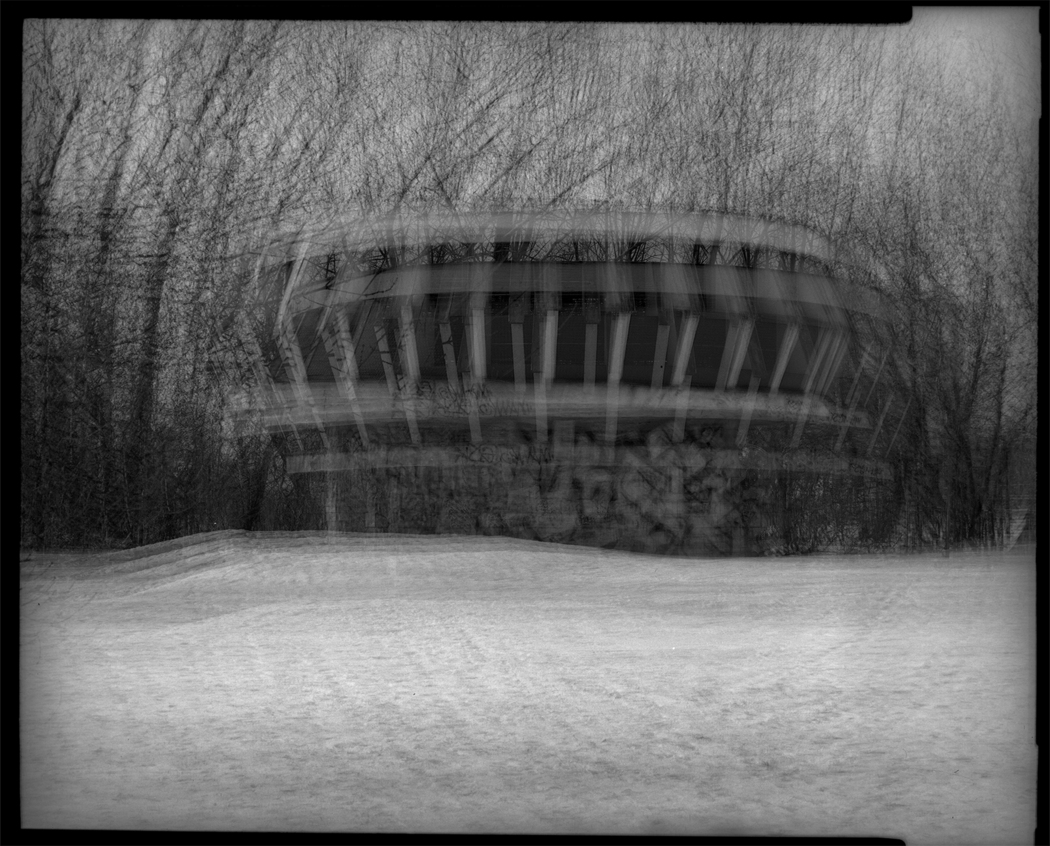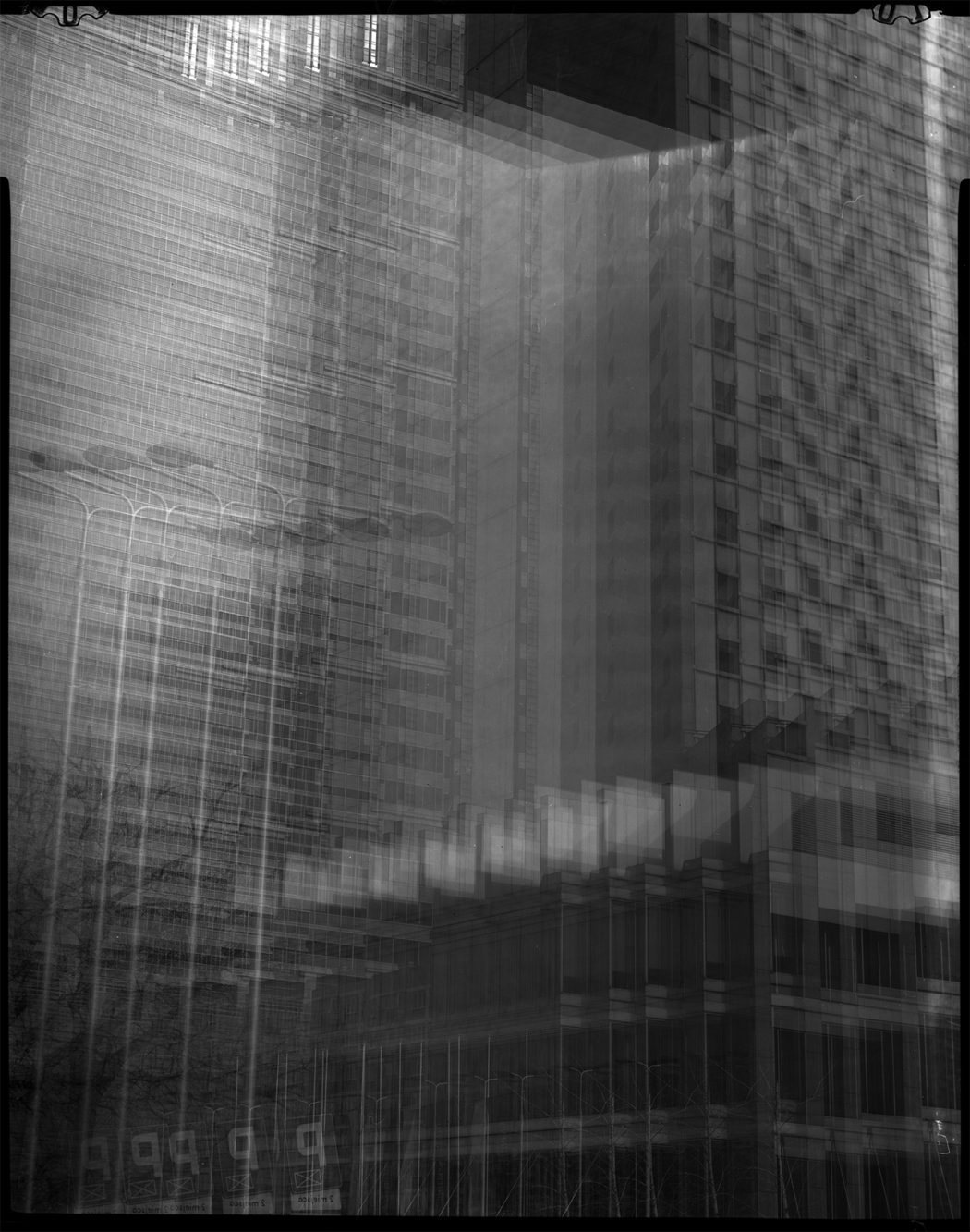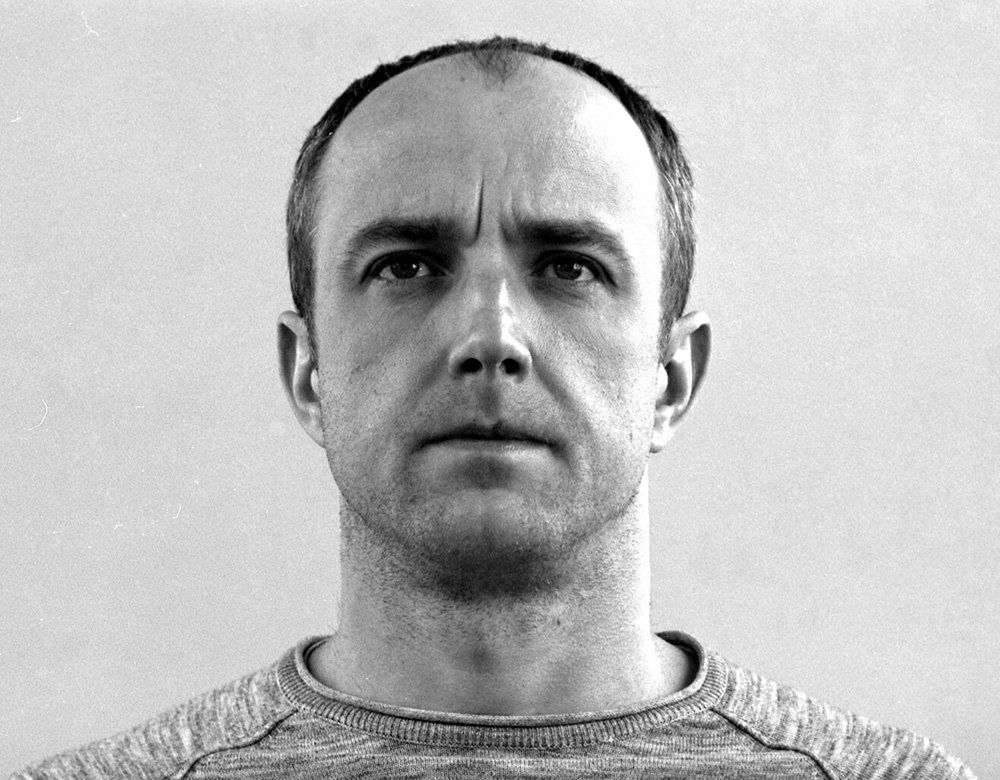Year of birth: I was born in 1981.
Where do you live: I live in Warsaw.
Your education: I graduated from the Academy of Fine Arts, Department of Graphics, with a Ph.D. in Fine Arts.
Your discipline: I mainly work in photography, as well as installation, workshop graphics and painting.
Website | Instagram
Your project “Dream About Warsaw” presents a very subjective and private view of the city. Can you tell us more about what inspired this journey around Warsaw?
The inspiration for this project was my personal experience of living in Warsaw and observing the dynamics of creating in the city since 2016. What moved me was the pace of these changes – the disappearance of basic places, the emergence of new ones. To notify the city not only as a space, but as information about memories that may appear or fade. This is the attempt to capture these fleeting moments, fragments of memory, a constant impulse to create this series.
In the series, you will focus on memories that fade over time. How do you see the relationship between memory and the photographic medium?
For me, photography is a form of recording memory, but also its interpretation. I use the technique of multiple exposures and camera shifts, thanks to which memory is never unambiguous or regular. What often happens often gets mixed up, lost. Photography allows for practical distortions – not as a mistake, but as an authentic way of experiencing the past.

You mentioned that this project has been ongoing since 2016. Has your perception of Warsaw changed during this time, how has it affected your offer?
Definitely yes. At first I focused on documenting places that were close to me – remains and containers. When it appeared that these places were no longer active, defined. This triggered a broader application – it was no longer just about this, but about the utility character of which given place is available in me. The work began to evolve towards a more poetic and abstract direction.
Your photography has a strong emphasis on graphics and architecture. What side effects are available in this physical space of Warsaw?
Warsaw has many contrasts – brutalism is adjacent to other skyscrapers, while between the blocks of flats find traces of history that are easy to miss. In your photographs searching for observance between order and chaos. Composition is born from the superimposition and multiplication of images – I use the use of cameras, flat rotation, through the creation of new, often unreal structures. It is a form of graphic processing of architecture, which becomes a symbol of my memories.

You combine forms of photography with installations and painting. How do different media inform or experience each other in your practice?
My experience in graphics and painting strongly influences the way I think about photography. Working on silver and 4×5 inch materials, I have a greater influence on detail, texture and texture. It is a bit like sending light and light. Sometimes my photographs are the starting solution for installations or spatial activities. I strive for these media to interpenetrate and inspire each other – I do not treat them as separate fields.
Can you perform the process of working on the project over the years? What challenges did you encounter to obtain the result in the space of time?
The threat was to protect myself – a place that I once photographed, today no longer belonging. But this became the strength of the project. Instead, apply the following formal, focused on hard coherence. Over the years, I have changed techniques, frames, but what has been changed, for the need of the immediate – this fleeting, indistinct, on the border of dream and memory.

Your photos are specifically evoked by nostalgia. How do you balance these emotions with the need for artistic innovation in your work?
For me, nostalgia is a solution, but not a goal. It is green, which triggers the creative process. In turn, innovation appears naturally – through experimenting with technique, comedy, action. I try, through messages that did not lock me in the past, but inspired me to discover new ways of telling a story. It is a balance between memory and the present – between what was and what can still be created.


0 comments on “Karol Jaworowski”